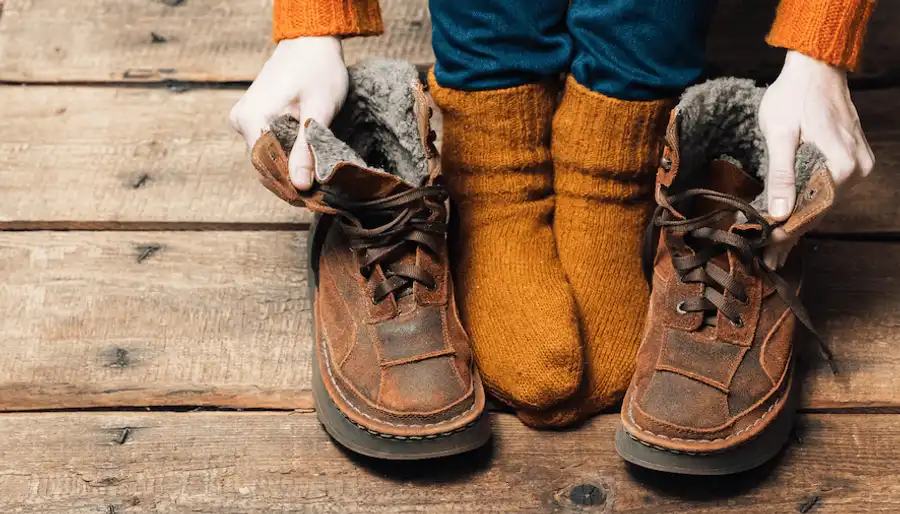Let's Talk Boots
14 September 2023

I blinking love a pair of good pair of boots!
They can see us through the fun of stomping through muddy puddles, climbing hills, or keeping our feet warm and dry on wintery days.
Boots can be an investment cost wise – however as a lovely elderly patient said to me many years ago, “do not scrimp on footwear or mattresses, for if you’re not on one, you’re in the other”, and properly looked after boots can last many years.
With any type of footwear, ensuring that it fits properly is rule number one. Rule number two is know your feet – this allows for rule number one to happen.
- Do you have flat arches or high arches? Have you had a history of repeat ankle traumas?
- Are your toes flexible or are you struggling with arthritis or bunions?
- Do you have a narrow ankle or wide feet?
You could have the best boots in the world but if they don’t fit well, they will not work to their potential and are more likely to cause you injury at worst, blisters at best!
The main type of boot we will discuss will be the ‘day to day’ boot. In the late autumn through to early spring, I am in boots whether I am at work or out and about.
The day to day boot needs to be supportive and have a good sole (kind of how I like my people!) to absorb the ground forces as they pass from the ground, through the shoe and into the foot.
However you prefer your boots, a pair that sits below the ankle is preferred for a day to day boot.
However, high heeled boots are not something I would advocate for the reasons discussed in my blog about high heels.
The sole of a day to day boot needs to be able to handle rain and ice so I like boots with a textured sole, rather than a solid flat base.
Of course, we also have to consider boots for specific jobs! Let’s start with walking boots.
Think about when you’ll be using them, if you are mainly walking on flat terrain then a light- weight boot with flexibility as well as support is key as this allows your foot to move naturally. If you are scrambling and rambling, you may want to consider a boot with a stiffer sole and ankle support.
The important thing is fit – material is immaterial here, leather or synthetic boots can both be waterproof and last for years.
Work boots need to be fit for purpose, some industries have very specific requirements, and it is key these are met.
Sometimes these can be unforgiving on feet as they can be very hard, so often I will advise gel shock absorbers to provide cushioning for the feet throughout long days.
A word on Wellies – these are great for those quick wet walks, however they offer very little support or ground force absorption, and can often be a very cold environment for feet (welly warmers are a good hack here).
So, I am not so keen on them when used for prolonged periods or more arduous walks.
Don’t forget that socks are an important part of wearing boots!
Socks need to resist friction when your feet move, not bunch up around the ankle or under the feet, provide padding (when being used in a walking boot) and be breathable for your feet.
Who knew there was so much to wearing boots? Well – you do!
I am always happy to help you, so please contact me with any questions.
Emily Coombes (B'Ost)
Registered Osteopath (7416)